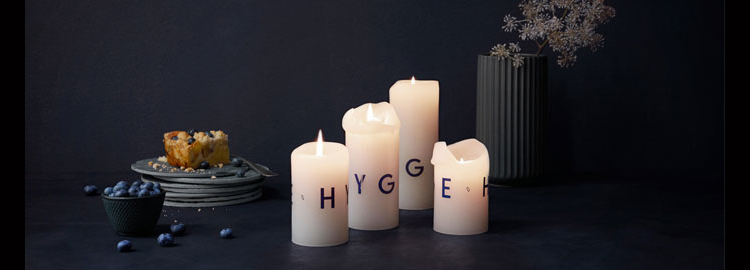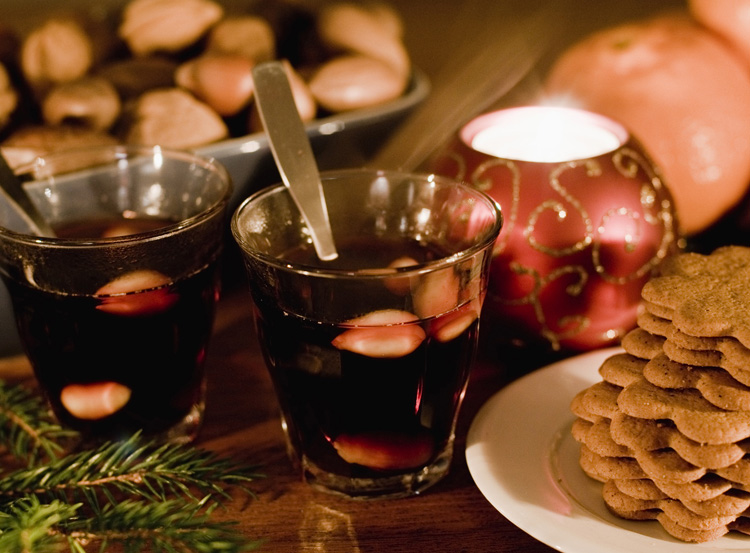The other day I stood for a while in the crowded spirituality and self-help section of a bookstore. A section that increasingly has more space and is usually in the most privileged places of the store.
Wellness, lifestyle, spirituality and science…?
In those shelves, all gurus of welfare and the most domestic psychology were present. There were also books of scholars of different intelligences. Yes, it seems we have several intelligences: emotional, creative, spiritual, etc., although sometimes it gives the impression that we do not use them or the simple logic.
It also appeared references to philosophies and ancient beliefs from distant sources, such as Zen thinking or the Ho’oponopono Hawaiian spirit. And of course, there was a special chapter on current trends that pose spirituality as a healthy and productive lifestyle. In these titles, we could read the word happiness and English words, such as slow life or mindfulness.
Conclusion: as time goes by, we are more satisfied with all kinds of things, technology, travel, tastes, cultural experiences, etc.… but our society should not be very good when we are proposed many remedies for happiness.
The recipes in those books are often very similar in essence. They propose us that we have to love ourselves a little more, that we should devote time to us, take care our affections, dream, love those who love us, that we look us more inward and less outside. Definitely, we have to worry more about being than having, to live the present and think less about tomorrow.
Hygge with designation of origin in Denmark
Suddenly, in one of the shelves three titles I found in the same row caught my attention: Hygge, the recipe for happiness of Marie Tourell Soderberg, Hygge, the art of enjoying the simple things by Louisa Thomsen Brits and Hygge, happiness in little things by Meik Wiking.
I flipped through the promotional texts of the three books and several ideas were repeated. One is that hygge is a Danish word that has no translation. The second is that any Danish will explain it to you in their own way and they will be very proud of having the word and especially of living the sensations it produces. And the third is that Denmark is considered the happiest country in the world largely due to the hygge.
As if that is not enough, on the third of the books, I read that its author, Meik Wiking, is the executive director of the Institute for the pursuit of Happiness in Copenhagen, among other similar charges. – “Ooo! What is the hygge?
Hygge means…
It has already been said, hygge has no literal translation. The more similar will be expressions like the warmth of home, cozy, home pleasures, or something like that. Actually, it is a concept much more understandable if we recall certain moments.
For example, it is snowing outside (we have to appreciate very much the Danish weather conditions) and we are at home with friends in a lively conversation while we eat dessert and play trivial, ludo or your favorite game. They have been at home for a few hours, because they have come early and have helped make the food, especially the succulent dessert that we are finishing, while it is still snowing.
This idea of home, warm activity, to interconnect talking and laughing with the people you love and take the little pleasure of having a dessert full of sugar will be hygge. In other words, it can be said that Danish people have not invented anything. Perhaps the difference is that they seek the magic of these moments and are well aware of the importance in their life, from a personal and social level.
The Danish houses
I have been fortunate to travel several times to Denmark, in autumn-winter and always at the houses of friends there. In other words, the best conditions to live such experiences in first hand. Now it comes to mind some details related to the typical Danish household.
The first is the feeling of warmth of those houses. Something due to its huge radiators and sometimes, the firelight. But that warmth is reinforced by the light, always soft and always with abundant candles.
The type of furniture also creates this atmosphere. Furniture that have nothing to do with the Scandinavian idea of minimalism, neutral colors or the famous manufacturers of the neighboring Sweden. It is usually wooden furniture, wood, sometimes painted and repainted, or recovered from grandma’s house because the Do it yourself, the recovered and the idea of sustainability is always much more appreciated.
In addition, there are plenty of carpets, cushions, family and friends photos, memories, all arranged without a plan in place, but all with its meaning. Of course, sofas with a huge blanket, perhaps the greatest exponent of Danish hygge.
Is the hygge exportable?
Anyway, I had to write this text and I decided to do it experimenting about this concept. First, I took a walk to inspire myself. In my town, there is not the Danish cold, but the truth is that there is plenty of wind and it was a downright dreary day. Thus, I returned home and appreciated more the warmth.
I left the phone without sound where keys were. I made myself a coffee and took the bottle of rum just in case I needed to inspire with a few drops. We can say that in Denmark the official hygge drink is the Glögg, a beverage of hot wine, sugar and spices, so nothing will happen if I turn it into a carajillo.
Then I sat on the couch and I let my ailing dog rest by my side, to cover us both with the blanket. And, after finding the most comfortable position (for both), I started to write all this earful by hand. Yes. With a notebook, pen, studs and my infernal handwriting. And the result is what you are reading.
At the end I went to get the mobile phone and I had 4 missed calls and several WhatsApps, including those from the group that that I do not know how to leave without making a bad impression. After, I turned on the laptop and typed all this text, because I had to send it to Horse, and the postal mail with my handwriting is not acceptable.
So, it cost me more work than expected. But as they say: the hygge cannot be translated, it has to be felt. It was about getting out of the routine and experience the most special shelter, home, away from technology, noise and haste. Doing this kind of thing does not cause the world stops for us, but they are small and important pauses. I do not know if qualify them as hygge, but what does the name matter when something makes you feel good.
Translated by: Raquel Sanchez










